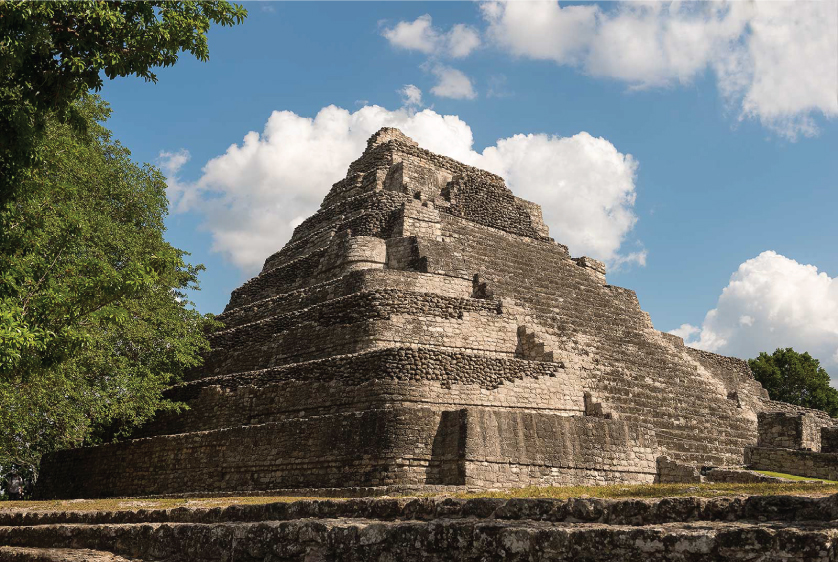
Chacchoben, Kohunlich, Dzibanché-Kinichná, and Oxtankah accounted for more than 24 thousand income in July.
The four archeological sites open to the public in the south of the state broke a record for visitors in July, with an increase of 73.3%, 10 thousand 455 more revenue than the same period of 2019.
According to the most recent statistics of the National Institute of Anthropology and History (INAH), the archaeological site of Chacchoben, in the municipality of Bacalar, as well as Kohunlich, Dzibanché-Kinichná and Oxtankah, these three in Othón P. Blanco, accounted for 24 thousand 718 income, against 14 thousand 263 last season.
According to the official figures of the Institute, the archaeological site of Chacchoben, in the municipality of Bacalar, had 17,471 income from July 1 to 31, the third-best in the state; the majority was registered by Tulum, with 206 thousand 075 entries, and Cobá occupied the second site with 70 thousand 903 visits.
In the case of those who arrived in the archaeological zone of Bacalar, 16,395 were foreigners and 1,076 nationals.
Four thousand 090 people entered Kohunlich, of which two thousand 282 were of foreign origin and 1,880 nationals.
In Dzibanché-Kinichná were thousand 706 entries; 699 were foreigners and nationals dominated with a total of 1,007 income.
In the archaeological site of Oxtankah, just 10 kilometers from Chetumal, 48 foreigners and 403 nationals entered.
Margarito Molina Rendón, delegate of the INAH in the entity, said that at the height of the summer holiday season, these sites that show the culture of the area broke records, figures that had not been seen in the last five years.
“We continue to improve the image of archeological sites and promote through the Internet, as well as in print media such as flyers and leaflets at tourist promotion points, it is working, we have more visits,” said Molina Rendón.
He stressed that these sites were positioned even more within the taste of national and foreign families, who took advantage of the holidays to visit them and enjoy the cultural vestiges that are available in the south.
